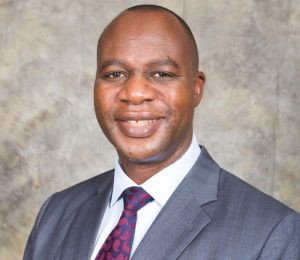
In Entuba coalfields in Hwange, a giant baobab is the remaining tree standing after clearing of the land to allow mining activities by the country’s biggest coal miner, Makomo Resources.
BY NDAMU SANDU
The giant baobab has become an attraction for tourists on their way to Sinamatella camp.
Beneath the tree is an estimated 6 150 tonnes of coal, which has been sacrificed to preserve it, according to the major mining contractor, Macatool Mining.

Macatool Mining managing director, Michael Chiromo told NewsDay that the baobab was spared “in keeping with our policy of living in harmony with nature and to disturb as little as possible”.
“Where we cannot avoid disturbing, we restore what we have disturbed,” he said.
Chiromo said the baobab tree was part of the heritage of the area and this was an attempt at preserving the heritage of the community.
“That tree is a symbol of resilience, sustainability. It shows how you can stand against all adversities. It’s a symbol of longevity, sustainability and resilience — all principles we stand for as an organisation,” he said.
- Chamisa under fire over US$120K donation
- Mavhunga puts DeMbare into Chibuku quarterfinals
- Pension funds bet on Cabora Bassa oilfields
- Councils defy govt fire tender directive
Keep Reading
As part of preservation efforts, the company will relocate smaller trees, which are on the proposed mining area.
“We have relocated one and it’s an ongoing process. We have earmarked 21 in terms of relocation,” Chiromo said. “We sacrificed that in order to preserve that tree.”
Steady Kangata, education and publicity manager at the Environmental Management Agency (Ema) told NewsDay that mining, being extractive, was also destructive.
“You must not clear indiscriminately. You clear when there is no option,” he said, adding that mining firms have to plant trees in areas they have mined.
Kangata said in many communities, the baobab has certain cultural attachments.
He said mining firms can either leave the trees and do selective clearing or remove the trees and plant them elsewhere.
“Sustainable development balance between economic, social, cultural as well as environmental considerations,” Kangata said.
Also referred to as the tree of life, the baobab can live up to 5 000 years.











